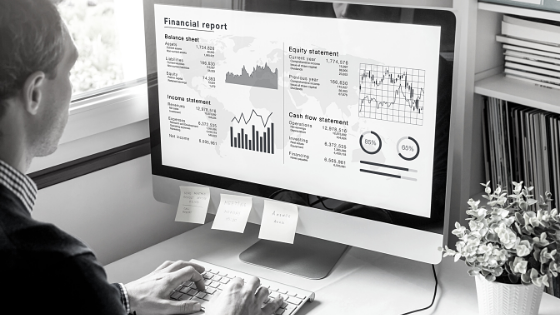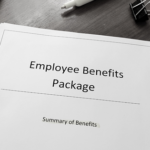2021 has brought plenty of financial speed humps. Businesses are knee-deep in uncertainty and need ways to minimise their tax and build stronger, more meaningful relationships with their clients.
Both goals rely on the right financial and business infrastructure. When you create a solid blueprint to work from, you can optimise finances and dedicate more time to grow.

While funds remain tight, having a business that can survive beyond JobKeeper is the goal of many small business owners – and now’s the time to lay the groundwork for a successful 2022.
Use these tips to prepare your business for the new financial year.
Recalibrate Your Finances
Get on top of pandemic debt and rework your budget and finance goals. You may be able to reduce business or personal debt by consolidating bills. Take advantage of any tax relief, build a buffer into your budget and plan for uncertainty. Assess the impact on your finances in the last financial year. Where can you see room for improvement or risk management?
Consolidating expenses and keeping on top of your finances allows you to:
- Focus on making one payment, rather than multiple
- Plan smarter
- Trim your budget
- Maintain a long term vision
- Avoid getting into any more debt
- Calculate yearly costs and adjust your budget accordingly
- Write off bad debts
Keep Personal and Business Funds Separate
Finances get confusing when they’re integrated. Instead, keep your personal funds away from the business. With appropriate separation in place, you’ll gain a clearer understanding of your financial situation, including profit and loss and cash flow statements.
Try this:
Create a separate account within your business account for tax. Not only will this keep your finances manageable and simple, but it’ll also provide clearer payment tracking and prevent tax debt.
Practice Disciplined Cash Flow Management
Managing cash flow is one of the top issues business owners face, even more so now with the current economic climate. Many small businesses don’t attempt to create a cash flow forecast because they’re worried they’re unable to predict the unpredictable.
Yet disciplined cash flow management is the most important part of business.
Plan ahead of your business cycle, so there’s always enough money to manage even if you hit a quiet patch. Carefully track your business cash status and don’t leave debt management by the wayside, it’ll cost you more.
Be Sustainable
Your finances need to be in order for a business to be sustainable.
Stay on top of your invoicing and pay any tax debts to the ATO as soon as possible. If you’re struggling, set up a payment arrangement with them.
Look for ways to improve your financial flexibility. It could be updated payment options for customers or investing in accounting software and a tax professional.
Make sure you:
- Keep accurate financial records
- Enforce your invoice terms
- Create personal and business cash flow projections
- Prepare yourself for sudden drops in revenue
- Switch to fortnightly invoicing for a more consistent cash flow
- Make sure you get paid
- Choose payment terms that work for you and your client and stick to them
- Know your business drivers
- Create an emergency fund (and don’t dig into it unless it’s an emergency!)
Re-Invest in Your Brand
Another way to maintain a sustainable business is to prioritise your brand. Instead of always being caught up in the next sale, learn to invest in yourself through regular training and learning, and create brand value with proper branding.
Some ways you can re-invest in your brand is:
- Check it conveys authenticity
- Invest in digital platforms – is your business visible online and engaging with the right people?
- Use uniformed aesthetics such as fonts, colours and images across all platforms and as part of your larger branding
- Ask yourself does your brand express you? If you value sustainability then create a brand aligned with eco-friendly practices and make it part of your identity, this is essential for attracting like-minded people ie: potential clients
- Prioritise customer-centricity when creating content and aligning your brand with your marketing efforts
Try this:
Find where your customers are online and create content for them that solves their specific problems. More people are moving online since COVID- if you’re not visible or your website copy doesn’t engage your audience, then you’ll miss out on business and building connections
The end of the financial year is wrapping up. How will you be preparing your business for the new year?






















